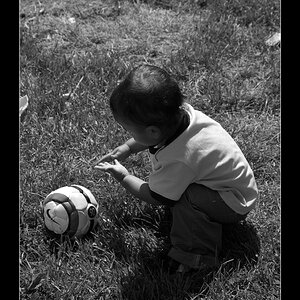amira
TPF Noob!
- Joined
- Nov 5, 2008
- Messages
- 7
- Reaction score
- 0
- Location
- California
- Can others edit my Photos
- Photos NOT OK to edit
Id like to take the opportunity to remind you of three key
factors that can give you a leading edge in taking and selling amazing
photographs.
** 1. Subject. This is the who, what, and where of your photograph. It
should be strong and clear, leaving no doubt about what your subject
is.
One way to get better at this is to get closer, filling your frame
with nothing but your subject, leaving no room for other distractions.
(If youre using a point-and-shoot camera, be careful to stay within
your cameras focusing distance... usually no closer than about three
to five feet from your subject.)
** 2. Composition. Learning the art of composition is not terribly
difficult -- it just takes some practice. If youve done any painting,
drawing, or other kinds of art, composition might be second nature for
you. If not, consider going to a local gallery or art museum to study
how the masters do it (think Rule of Thirds). You can work the
composition of your photographs just like master painters have for
centuries.
Placement of your subject in the frame makes all the difference to the
visual impact of your photo. If you remember nothing else about
composition, remember this: keep your subject (and your horizon line)
out of the center of your image.
** 3. Lighting. Photography is nothing without light. Study the light
around you, taking mental notes of how it looks. Is it bright? Flat
and dull? Does it glow? What do the shadows look like and where do
they come from? How do the people or the places around you look in
this light? As you get more familiar with light and its qualities,
these kinds of questions get easier to answer. Doing so will help
immensely with your photography as it informs the where and when of
your shots.
Also remember these two other important points about light: 1. The
pop-up flash on your camera is good for candid shots at a party... but
thats about it. Open up your camera manual and find out how to turn
off your flash (remember how to turn it on again for that party), 2.
The best light of the day is early morning or late afternoon. Unless
you have plenty of cloud cover, avoid shooting in bright noonday sun.
factors that can give you a leading edge in taking and selling amazing
photographs.
** 1. Subject. This is the who, what, and where of your photograph. It
should be strong and clear, leaving no doubt about what your subject
is.
One way to get better at this is to get closer, filling your frame
with nothing but your subject, leaving no room for other distractions.
(If youre using a point-and-shoot camera, be careful to stay within
your cameras focusing distance... usually no closer than about three
to five feet from your subject.)
** 2. Composition. Learning the art of composition is not terribly
difficult -- it just takes some practice. If youve done any painting,
drawing, or other kinds of art, composition might be second nature for
you. If not, consider going to a local gallery or art museum to study
how the masters do it (think Rule of Thirds). You can work the
composition of your photographs just like master painters have for
centuries.
Placement of your subject in the frame makes all the difference to the
visual impact of your photo. If you remember nothing else about
composition, remember this: keep your subject (and your horizon line)
out of the center of your image.
** 3. Lighting. Photography is nothing without light. Study the light
around you, taking mental notes of how it looks. Is it bright? Flat
and dull? Does it glow? What do the shadows look like and where do
they come from? How do the people or the places around you look in
this light? As you get more familiar with light and its qualities,
these kinds of questions get easier to answer. Doing so will help
immensely with your photography as it informs the where and when of
your shots.
Also remember these two other important points about light: 1. The
pop-up flash on your camera is good for candid shots at a party... but
thats about it. Open up your camera manual and find out how to turn
off your flash (remember how to turn it on again for that party), 2.
The best light of the day is early morning or late afternoon. Unless
you have plenty of cloud cover, avoid shooting in bright noonday sun.






![[No title]](/data/xfmg/thumbnail/42/42397-30faa170de7ed9be38adf00b9b26a220.jpg?1619740167)
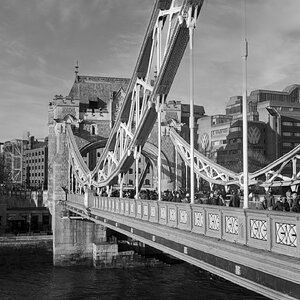
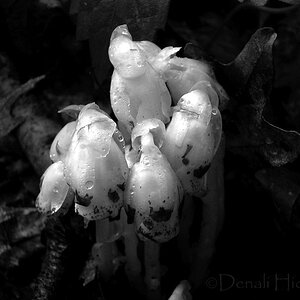
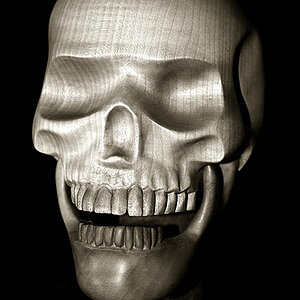
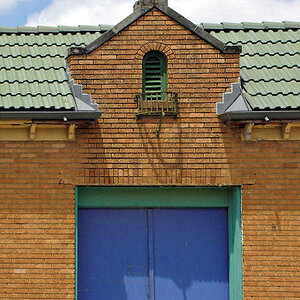
![[No title]](/data/xfmg/thumbnail/41/41937-bd46d08f9adcefe8bc65477f19a4f580.jpg?1619739947)
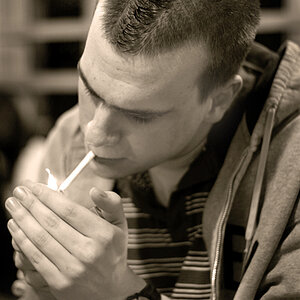
![[No title]](/data/xfmg/thumbnail/36/36674-2a99a33f8b4e9e3d34b08a4ec08fbde8.jpg?1619737676)
![[No title]](/data/xfmg/thumbnail/41/41935-851da2b46dc9cbb829c8c42b2aa84873.jpg?1619739947)
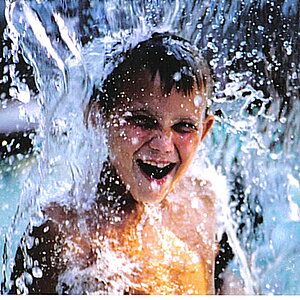
![[No title]](/data/xfmg/thumbnail/34/34115-73b827c6a6db1413dcead11e4caaae69.jpg?1619736285)
